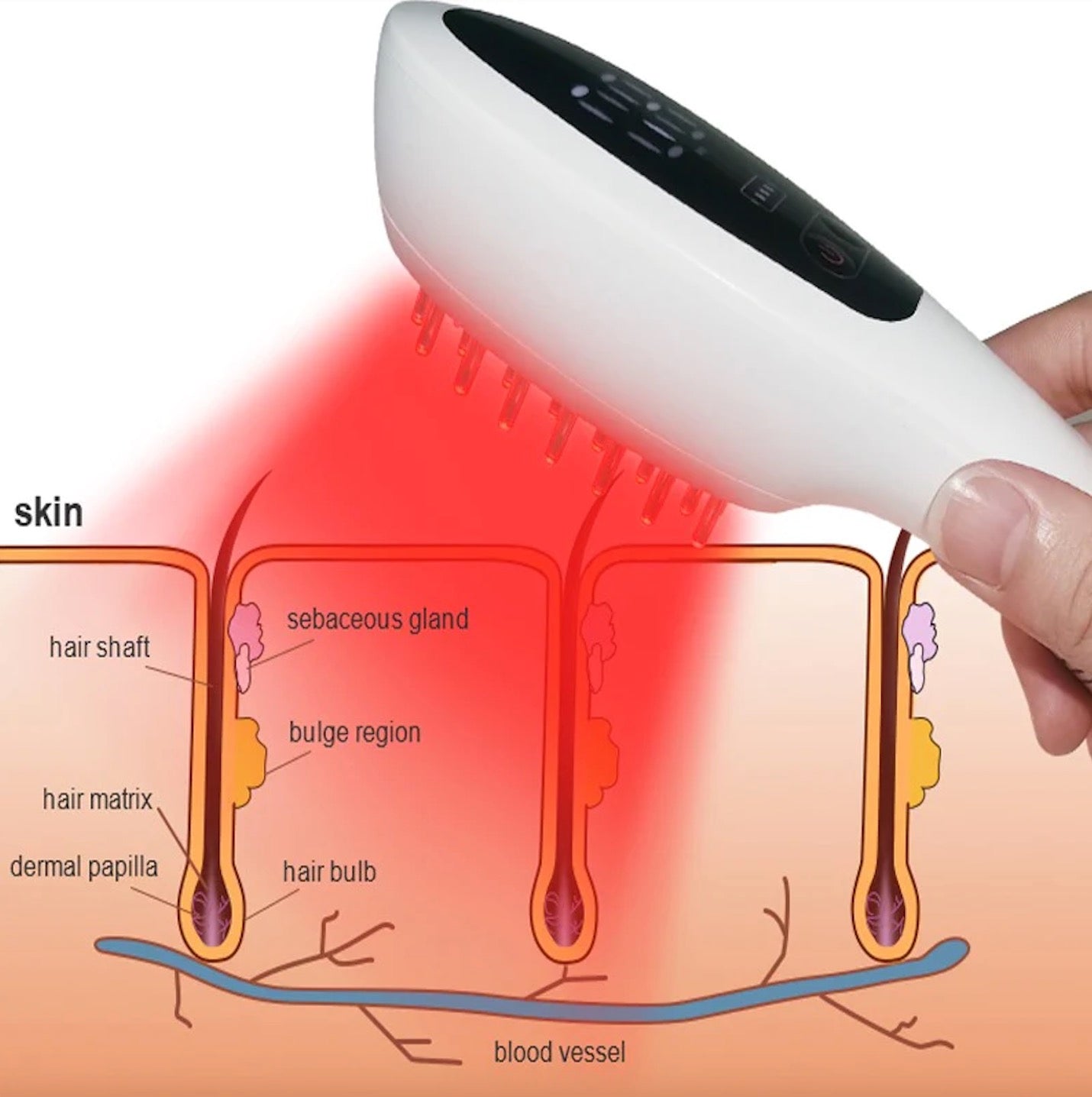How Often Should I Do Red Light Therapy?
Red Light therapy sessions lasting 10–20 minutes are recommended by dermatologists. This is relatively common across the board because of the way red light treatment works in practice. Red light therapy works by enhancing your cells' natural healing potential rather than treating the disease on the surface or simply masking the symptoms of the problem. As a result, while using red light therapy to address one issue, you may be able to reap benefits in a whole different area as well.
The clinic trials used a variety of different dosing schedules, but they found the most effective red light therapy varied from twice a week to twice a day.
For the first few sessions with red light therapy devices, start with modest doses and increase to 3–7 sessions each week. Too high a frequency, as with the biphasic dose response, can be detrimental.
What Are The Pros And Cons Of Red Light Therapy?
Red Light Therapy Pros
Red light therapy is a full-body and large-area therapy technique for skin regeneration and improved skin feel and appearance. Red light therapy treatment of skin tissue is a safe, non-ablative, non-thermal, atraumatic photobiomodulation treatment with excellent patient satisfaction. Patients seeking gentle and pleasant light-only skin rejuvenation may benefit from red light therapy, which can broaden the range of anti-aging treatment choices accessible.
Hair Growth
People who had Red light therapy had better hair density than those in a control group, according to research published in the Journal of Cosmetic and Laser Therapy. When people used light with wavelengths of 665 nanometers (nm) and 808 nm, the effect was positive. More comprehensive clinical investigations will be needed to back up these assertions.
Pain Relief
Many papers on red light therapy and musculoskeletal diseases were included in a review published in the European Journal of Physical and Rehabilitation Medicine.
Red light therapy can successfully relieve pain in individuals with various musculoskeletal conditions. According to the study, practitioners who follow the particular dosage recommendations appear to improve the therapy's effectiveness.
Relief Applications Wound Healing
Red Light therapy may aid wound healing in a variety of ways, according to research published in the trusted journal Anais Brasileiros de Dermatologia. such as:
Inflammation in the cells is reduced.
Angiogenesis is the process of stimulating the formation of new blood vessels. Increasing the number of beneficial fibroblasts in the skin
Collagen production in the skin is being increased.
Skin issues
In a small group of 136 people, a clinical trial published in the journal Photomedicine and Laser Surgery, a trusted source, investigated red light treatment for certain fundamental skin disorders. These light therapies, according to the researchers, could help with:
Skin Rejuvenation
Improve the appearance of your skin by enhancing the skin's appearance and feel. Red light therapy is a potentially useful treatment for acne vulgaris when used alone or in combination with other treatments, such as blue light therapy. The light appears to penetrate deep into the skin, affecting sebum production and reducing inflammation and irritation.
Anti-Inflammation
Red light therapy has considerable anti-inflammatory effects in the body, according to research published in the journal AIMS Biophysics, a reputable source. These effects are both local and systemic, occurring in various tissues and organs throughout the body where practitioners administer the light. The beneficial anti-inflammatory benefits of RLT, as well as the potential uses for this therapy, are numerous, according to the researcher.
Red Light Therapy Cons
Regarding the red light therapy, the risk of side effects is virtually non-existent. However, tissue and cell damage might occur at the hands of an inexperienced person or someone who receives an excessive amount of treatment. In red light treatment, only visible light is employed, and it is widely believed to be completely harmless. According to news in medical life sciences, people suffering from drug-resistant non-seasonal depression may experience mania, which is a state of extreme hyperactivity, when they receive phototherapy. In these rare instances, light therapy should be reduced or stopped entirely, and the sickness should be treated as soon as possible.
Red Light treatment is generally considered to be safe. If there are any side effects, they are usually minor and short-lived, such as:
- Nausea
- Irritability or agitation
- Eyestrain
- Headache
- Mania, euphoria, hyperactivity, or agitation associated with bipolar disorder
Any treatment that uses UV radiation has the potential to be dangerous. Fast skin aging and the other side effects outlined below are some of the potential negative effects of light treatment in order to attain this goal. Other mild side effects have been observed, although these do not appear to imply any long-term damage as a result of the exposure.
When adverse effects do occur, they usually go away within a few days after starting light therapy. To control unwanted effects, shorten treatment times, relocate farther away from your light box, take breaks during long sessions, or modify the time of day you utilize light therapy. If you're worried about side effects, talk to your doctor.
Reference
1. Effects of low-power light therapy on wound healing: LASER x LED*. An Bras Dermatol. 2014 Jul-Aug
2. A Controlled Trial to Determine the Efficacy of Red and Near-Infrared Light Treatment in Patient Satisfaction, Reduction of Fine Lines, Wrinkles, Skin Roughness, and Intradermal Collagen Density Increase. Photomed Laser Surg. 2014 Feb 1
3. Mechanisms and applications of the anti-inflammatory effects of photobiomodulation. AIMS Biophys. 2017 May 19




